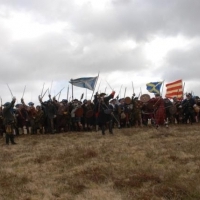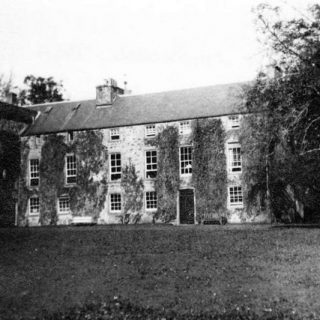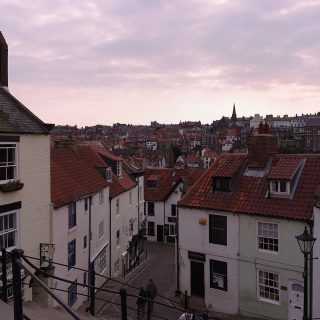Glamis Castle
Glamis Castle is known as one of the most haunted castles in Britain. It certainly has more stories and legends attached to it than any other castle within the British Isles, perhaps with the exception of Hermitage Castle in the Scottish Borders.










Recent Comments